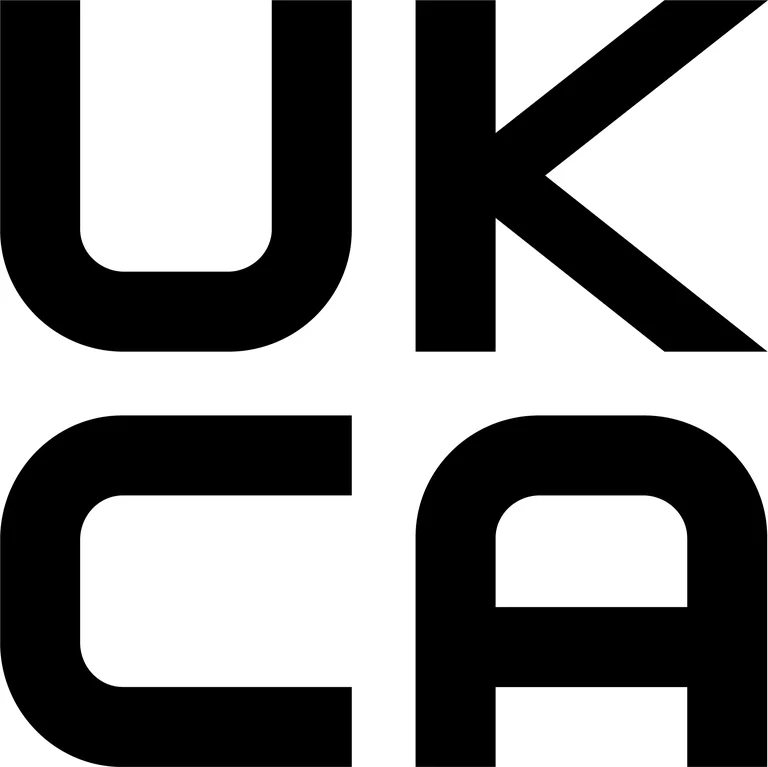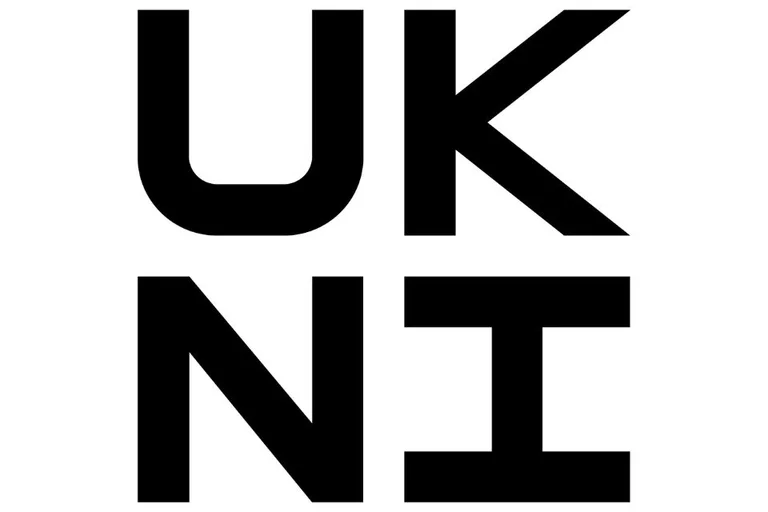Placing new manufactured products on the market in the UK, Northern Ireland and the EU after 1 January 2021.
Since 1 January this year the rules for placing new manufactured products on the market in the UK, Northern Ireland and the EU have changed.
Prior to this date all manufactured products placed on the market anywhere in the UK or EU, which were subject to regulation under 18 different ‘New Approach’ EU Directives (see list below) had to be marked with the CE mark. The CE mark is a ‘Conformity Assessment’ mark which shows that the product complies with specified European (CEN) harmonised performance and safety standards and the ‘essential requirements’ of the relevant Directive. Manufacturers wishing to place their products on the EU market could obtain the CE mark (or more precisely a certificate of conformity which allowed them to put the CE mark on their products) either by self-declaration that the product conformed with the relevant standards and requirements, or by having their products tested by an EU recognised ‘Notified Body’ (NB). NBs are in effect EU approved testing and calibration laboratories.
Under the new UK-EU Trade Agreement the system has changed and is more complicated. There are three separate circumstances: Placing products on the UK market; placing products on the EU market and placing products on the Northern Ireland market, instead of just one system. These apply to manufacturers wishing to import products into, or export products from the UK in the 18 ‘New Approach’ categories. At the present time the UK regulations implementing the various EU Directives have been re-made under UK law without change but without reference to the EU. Thus the UK regulations do not require changes to test procedures but require conformity to British Standards instead of European ones. As for the most part the British Standards are based on International Standards, as are the CEN Standards, there is little if any technical change. The regulatory changes at the present time are confined to changes in the Conformity Assessment Marking requirements.
Placing products on the UK market

Manufacturers will still be able to use the CE mark to place new products on the market until 31 December 2021, but will have to follow the procedures for CE marking. This is to allow time to gear up for application of the UKCA mark which will become mandatory after 1 January 2022. After that date the CE mark will not be recognised in the UK unless accompanied by a UKCA mark until 31 December 2022 as explained above. Manufacturers are strongly advised to prepare for using the UKCA mark as soon as possible.
The process of Conformity Assessment for the UKCA mark is very similar to that for application of the CE mark. The tests to which the product must be subjected and the standards and requirements to be applied are at the present time identical, except that the relevant standards will be British Standards. Where products have previously been CE marked using the self-assessment process, self-assessment will be permitted for application of the UKCA mark. Otherwise after 1 January 2022 products must be assessed by a UK ‘Approved Body’ (UKAB). The full list of UKABs is available at https://www.gov.uk/uk-market-conformity-assessment-bodies and on the UKAS website. Manufacturers must also appoint an Authorised or Responsible person based in the UK. This can be the manufacturer, distributor or if the product is imported to the UK, the Importer (i.e. the ‘economic operators’). Authorised or Responsible persons based in the EU and EU NBs will not be recognised in the UK after 1 January 2022.
Placing products on the EU market
Products to be placed on the EU market after 1 January 2021 must carry the CE mark. The UKCA mark will not be recognised in the EU. The process, including that for self-assessment is essentially unchanged except that Conformity Assessment tests will have to be undertaken by an EU Notified Body. UKABs will not be recognised in the EU. UK manufacturers, exporters or distributors will have to appoint an Authorised or Responsible Person based in the EU. Authorised or Responsible Persons based in the UK will not be recognised in the EU. If a UK manufacturer has a CE marked product that was assessed by a UK NB which they wish to place on the EU market they must ensure that the UK NB that undertook the Conformity Assessment for the CE mark passes the file to an EU NB. A list of EU NBs can be found on the EU NANDO (New Approach and Designated Organisations) database
Thus manufacturers wishing to place products on both the UK and EU markets may choose;
- To apply the CE mark only between 1 January 2021 and 31 December 2021 (not encouraged) or
To apply both the CE and UKCA marks from 1 January 2021, which will require dual conformity assessment by a UKAB and EU NB. This will be mandatory after 1 January 2022.
Placing products on the market in Northern Ireland (NI)
If manufacturers have placed a product on the market in the EU, EEA, or UK (including NI) before 1 January 2021 they need not do anything.
NI follows the EU rules and the CE mark must be applied to products that are to be placed on the market in the EU and NI. An EU NB must be used for Conformity Assessment. If a UKAB is used then the product must carry the UKNI CA mark but cannot be placed on the EU market. It can be placed on the UK market (including NI) however. Products to be placed on the UK and the NI markets must carry both the CE and UKNI CA marks which will require dual assessment.

www.gov.uk/guidance/placing-manufactured-goods-on-the-eu-market
Products and uses requiring a UKCA mark in the UK
- Toys
- Recreational craft and personal watercraft
- Simple pressure vessels
- Electromagnetic compatibility (for electrical equipment)
- Low voltage electrical equipment
- Non-automatic weighing instruments
- Measuring instruments
- Lifts
- Equipment and protective systems for potentially explosive atmospheres (ATEX)
- Radio Equipment
- Pressure equipment
- Personal Protective Equipment
- Gas appliances
- Machinery
- Noise emissions by equipment for outdoor use
- Energy labelling
- Restriction of the use of certain hazardous substances in electrical and electronic equipment (ROHS)
Other arrangements are required for
- Medical devices
- Rail interoperability constituents
- Construction products
- Civil explosives
- Products requiring ecodesign and energy labelling
- Cosmetics
- Tobacco products
- Fertilizers
- Medicines
- Chemicals
- Veterinary medicines
- Vehicles
- Aerospace
The CE mark is required for
- Toys
- Recreational craft and personal watercraft
- Simple pressure vessels
- Electromagnetic compatibility (for electrical equipment)
- Low voltage electrical equipment
- Non-automatic weighing instruments
- Measuring instruments
- Lifts
- Equipment and protective systems for potentially explosive atmospheres (ATEX)
- Radio Equipment
- Pressure equipment
- Personal Protective Equipment
- Gas appliances
- Machinery
- Noise emissions by equipment for outdoor use
- Energy labelling
- Restriction of the use of certain hazardous substances in electrical and electronic equipment (ROHS)
- Pyrotechnics.
- Medicines
- Fertilizers
- Construction products
- Cableway installations
Civil explosives
